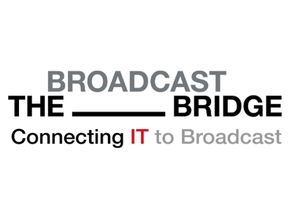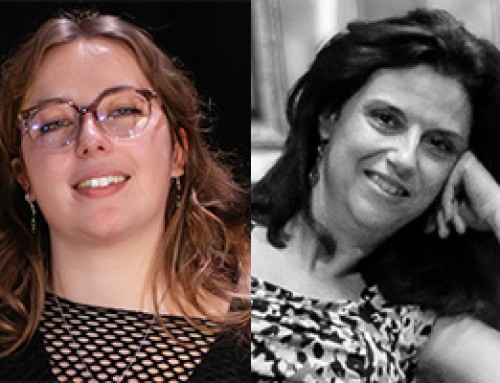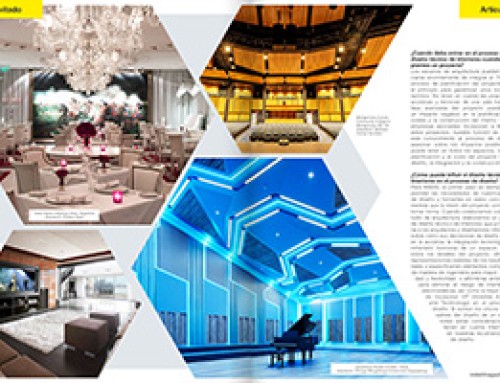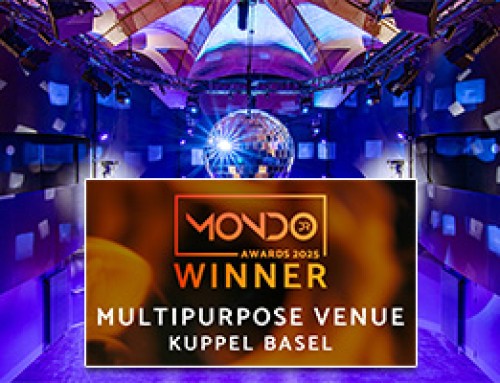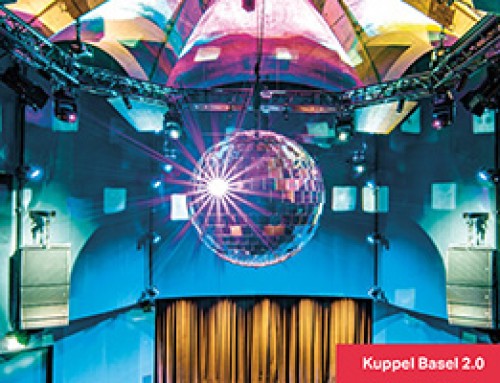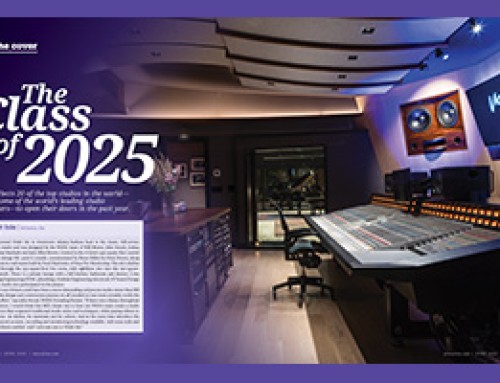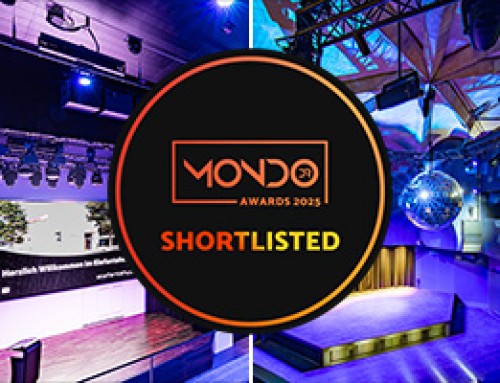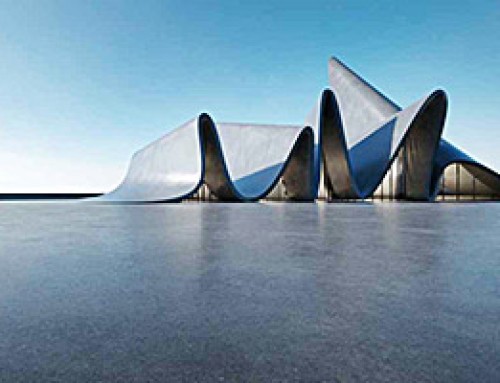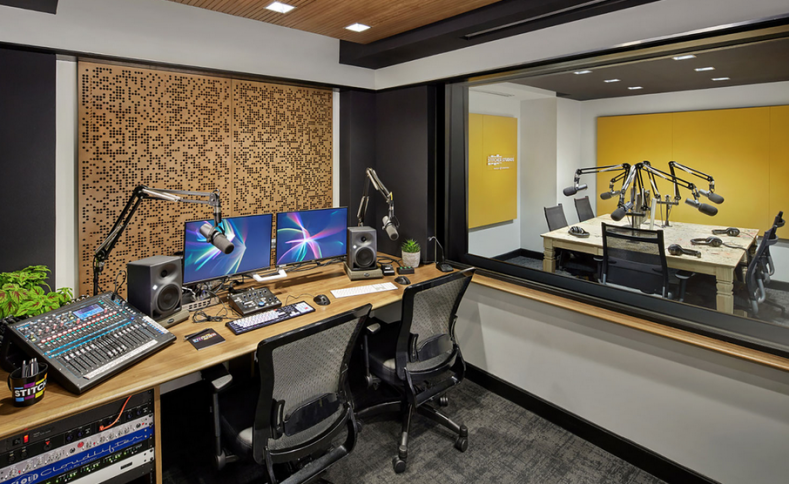
A careful attention to acoustic and operational details is the key to designing a successful podcast studio.
This rapid rise in podcasting has led to many companies building audio with video studios, complete with IP networking and state-of-the-art acoustical treatments. These studios can be retrofitted conference rooms or greenfield spaces that accommodate from one to eight people, depending upon the programs produced.
For designers of such studios, there are many aspects of the project to consider and get right. The staff at WSDG (Walters-Storyk Design Group) in upstate NY provided some insight into what it takes to create a suitable space.
The design principles discussed here are applicable to any audio recording space.
Choosing The Right Space
The key is to choose a space that is minimally affected by external noise, like rooms that don’t share walls with common areas.
The first step to any design project is identify a space and do a survey to see if it’s suitable. In a place like NYC that’s always challenging because the designers have to figure out how to install cabling in and around existing walls, pipes, and HVAC. Filters should be low-velocity, large ducts so you don’t get whistling noises.
One tip when picking the space: the ceilings have to be at least 10 feet high to have the acoustics work and to accommodate a floating floor (about six inches high) under which the cables will be run.
In addition, if you are building a technical audio facility, you must pay a lot of attention to power. If you have a lot of analogue devices within the design, you want to go with Isolated Ground (IG) power and a mitigating transformer for three-phase power.
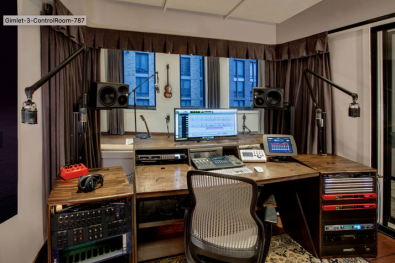
Podcast studios can be located in a variety of situations, although project completion time depends on whether it’s being built in an existing building or a greenfield project.
In general, the older the building, the more you might have an issue with ground. A difference of voltage on your ground in your neutral leg will equal noise in your audio signals.
“If you measure a neutral leg in your control room on your IG power and you have about 100 millivolts of voltage, there’s going to be noise in the system,” said Judy Elliott-Brown, Senior Systems Designer.
To cut down on noise, all of the critical production systems (audio console, talk-back system, intercom, etc.) need to be isolated from air conditioners, switching power supplies, heating, water pipes and other potentially intrusive elements.
A short check list would include confirming the subject matter and its requirements (area, grid/lighting height, number of cameras required for the shoot), confirming access requirements (sound/light locks, size of sets), and confirming support requirements (talent, shop, storage). Mechanical, electrical and plumbing engineering (MEP) requirements are hugely important as well to confirm there’s enough power and enough (quiet) cooling.
What Does The Client Want?
The first step in every project is to sit with the client and figure out what they want to accomplish in the studio. How many people will be involved in any one show? Does the space have to accommodate several shows a week/day? How will you bring in outside “guests” to the show?
This is important to how the project will proceed. Not every project requires a major new build. For example, one podcasting company wanted to move from a single conference room to a new building with four separate rooms. But they only had a week to make the move, and didn’t want to disrupt audience engagement. This short completion time meant that the equipment being used at the old facility would be carried over to the new one, as that was what the operators were used to and there was no time for a learning curve for new technology.
They carved out a 2000 sq. ft. section of the new 20,000 sq. ft. building for a new production studio. Decoupled floors, wall and ceiling structures were implemented to insure the level of isolation required between the various studios positioned adjacent to each other and acoustic treatments were added to further enhance the overall sound environment.
“There was no time to re-invent the wheel, here,” said Elliott-Brown. “We knew that the operators were comfortable with what they were using and were careful to stay with that to ensure a smooth transition to the new building and keep the clients working.”
They “cleaned up” their Dante audio network and gave them a few more bells and whistles (e.g., a new phone call-in system for guests), but it was basically the same workflow they already had in place. And the client was very happy with the results.
Choosing The Right Technology
For a ground-up build, (a 28,000 sq. ft. production facility in downtown Brooklyn, NY), designers had much more time to think about what they were going to install and how. In fact, the project was started before the pandemic, so the subsequent shutdown allowed for more technology and space considerations. In fact it took a year to complete the project, which now includes a dozen podcasting rooms—six with cameras added. The studios fit together in a honeycomb fashion, maximizing the use of the available space while providing comfort and an abundance of natural light.”
In addition to the podcast spaces, the production facility also boasts a traditional recording studio with additional soundproofing and a 375 square foot live room. The abundance of space allows ample room, enabling in-house recording of music for a variety of podcasts.
One of the challenges with the new build was that it had to accommodate both veteran podcasters and newbies that were not so technically experienced. The system had to be comfortable for both types of users.
However, the CTO of the company did not want to be locked into a proprietary technology platform that would not allow him to future-proof the infrastructure and seamlessly expand as they need to. So, the designers worked closely with the CTO to implement a cloud-based audio, video and control platform built around an all-IP infrastructure on premise. All of the operators use iPads to control the audio mixing console, microphones and other podcast elements.
Within the IP system, the only analogue devices were inside the podcast room, things like microphone preamps. So, as the talent are talking, the signal goes through the mic preamp and out over a Dante network to the control room, where commercials and other sound effects are added before it is delivered to the outside world via the Internet.
They also installed three PTZ cameras in each room that run on a separate VoIP network. The cameras were placed in strategic places to cover as much of the room or each person as possible. They paced the cameras in wall boxes at slightly higher than eye level of the talent. Low profile mic stands were used so they could get three to four arms on a single stand.
Adding Complexity
Most audio mixing consoles provide control over EQ, panning, and volume. More advanced mixers may offer special effects and make possible more advanced mixing techniques. Another thing to look out for is the mix-minus feature. Mix-minus is where you split your audio signals into two separate channels. One channel for you, and the other channel for your guest. This allows you to have total control over both sets of vocals, each on their own separate track.
All of the work at the mix/minus stage and caller inputs happen inside the IP based production system. The operator in the control room uses a virtual console on an iPad to control mic levels and mix the show. Then it returns back as an analog signal to self-powered speakers on the wall. They chose monitor speakers that are known to reduce ear fatigue, which is critical in podcasting.
Adding to the complexity of the project, the new space in Brooklyn was tied via the Internet to another existing studio in Los Angeles, Calif.. Therefore the new studios had to replicate the existing one in sound quality and acoustics. If the acoustics are not identical – if the reverb times from the acoustic treatments provides different measurements – the rooms are going to sound different and listeners will notice. This means the rooms have to be about the same size, not necessarily identical, but close to the same size to get the same acoustics. The acoustic treatments have to give you the same reverb times, which can be adjusted so the rooms sound as identical as possible.
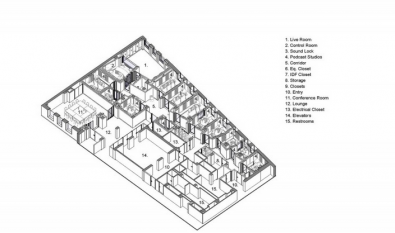
During the planning stage, careful attention must be paid to where specific rooms are located within a building. Ambient sounds from inside the building and outside, can negatively affect program production.
It was a bit of a challenge to get the acoustics right between a two person room and a four-person room. Technically they accomplished this by clocking both facilities off of GPS time to keep the studios synchronized. So, for a Dante system it is a PTP clock and for video they have a house reference clock. Distribution is based on a Master clock that takes into account both locations. So, you’ll have video black, word clock, PTP clock and another clock for the Dante network.
When designing these rooms, Elliott-Brown said that there’s always a tug-and-pull between the technical requirements, acoustics and interior designers who sometime want to include radical-looking furniture that sometimes make installation and acoustics a challenge.
“You want the room to impress listeners, but it has to make sense technically,” she said. “It makes wiring installation a challenge as well.”
Separating the audio and video on different networks and using dual network switches was also done for redundancy. This ensures that if one network goes down, everything else does not go down with it. A podcast can continue to operate if the video goes down. They do this for audio as well, using an A and B path.
Getting The Acoustics Right
Once you’ve chosen a good location, the next step is to add some sound treatment. These are generally attached to hard surfaces, like blank walls, cabinet faces, or even the ceiling. Every step you take to improve the sound quality of your recordings means less time spent editing the imperfections later. Soundproof foam panels can be the best solution, as their purpose is to absorb sound so it doesn’t bounce all over the room and hit your mic.
The main reasons to implement proper acoustics for a podcasting or TV studio is to increase communication in the studio, to present the best signal to noise ratio in the recording, and to reduce post-production time cleaning up any transient artefacts that may distract from the content.
There are different ways to capture different metrics, of a room, including testing for quietness (implications for HVAC), room behavior (reverberation time) and isolation (sound transmission between different spaces). All are critical for different reasons to contribute to a working studio.
“When we start a project, some rooms can be ‘dead’ spaces with low reverberation times,” said Joshua Morris, WSDG COO/Partner and acoustics expert. “Many times there’s a need for set dressing and cameras, the only place for this treatment is on the ceiling, above the lighting grid, but treatment is also utilized on the walls, particularly the upper portions.”
He suggests three main areas to be aware of, in terms of the need for better acoustic treatments in an existing space:
- Workflow – are transient acoustic artefacts contributing to increased post-production time? Are shoots delayed because of a difficulty communicating or because ingress noise is interrupting takes?
- Clientele – are you losing bookings because your potential clients are choosing a site more conducive for their projects?
- Production demands – productions need to be able to run in any conditions: rain, nighttime, urban environments. If a production space is unable to run during a rainstorm, for instance, it could be problematic.
How Long Should A Project Take?
The answer to this question depends upon the project. If the room is located in an existing building, the build will generally go faster than a greenfield situation. The larger the facility, the longer the project completion time.
It also depends on whether we can get the equipment and construction due to current and on-going supply issues. At one TV production facility recently they had trouble obtaining SDI cable.
“For a new studio, the fastest you’d see a small one-or two room set up, with the client really prepared, is about 6-9 months,” said Elliott-Brown. “Because there’s very little opportunity to build simultaneously. Painters and electricians can’t work together. And the HVAC guys are the worst.”
In the end sound quality is the most critical element of any podcast studio and it’s important to do everything (space, acoustics, equipment) possible to get it right if you want to be successful.

